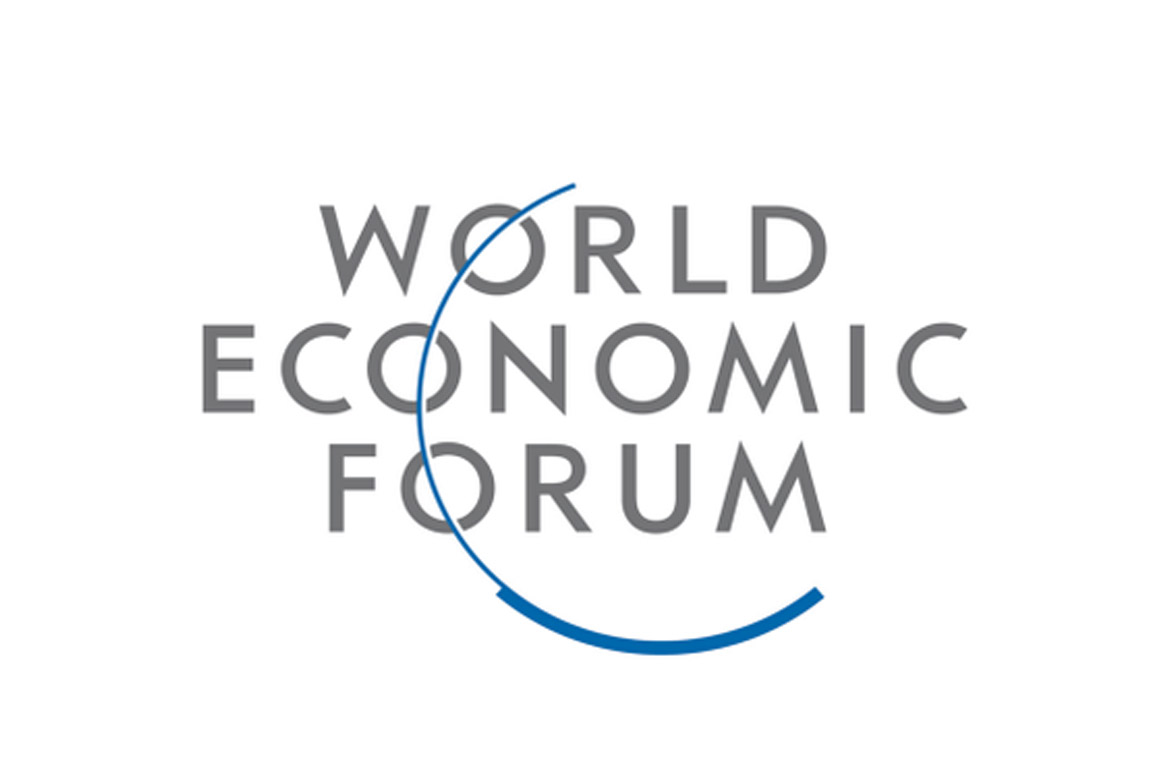In another major global ranking performance of India is shown very poor. India has come down 28 places in the 2021 Global Gender Gap Report released by the World Economic Forum.
In the latest Global Gender Gap Report -2021, India is ranked 140 in the list of 156 countries. In 2020, India was ranked 112 in the list of 153 countries. In this latest report, the economic participation and opportunity of women have also declined.
First, know about Gender Gap Report:
It was first published in the year 2006 by WEF.It assesses the progress made by 156 countries towards gender equality in view of the following four dimensions:
- Economic Partnership and Opportunity.
- Education opportunity.
- Health and Survival.
- Political empowerment.
In this index, 1 is the highest score which is the parity condition and 0 is the lowest score which indicates inequality status.
The report determines a threshold for assessing the progress made in the relative gap between women and men in the fields of health, education, economy and politics. Through the annual criteria, each country’s stakeholders can set their priorities in a specific economic, political and cultural context.
Where does India stand?
India has been one of the worst performers among South-Asian countries, with India ranked 140th out of 156 countries in the rankings.Among the countries of South Asia, Bangladesh ranks 65th, Nepal 106th, Pakistan 153rd, Afghanistan 156th, Bhutan 130th and Sri Lanka 116th. Now have a look at India’s performance on different parameters.
Political Empowerment:
India’s political empowerment of women declined by 13.5 per cent. The number of women ministers was 23.1% in the year 2019, which has come down to 9.1% in the year 2021.However, India has fared well as compared to other countries and ranks 51st in women’s participation in politics.
Education accessibility:
India has been ranked 114 in the Education Achievement Index.
Economic Partnership:

Also read: Where do Indian Women Stand In Employment Scenario?
According to the report, the gap in economic participation in India has increased by 3% this year.The share of women in professional and technical roles has declined to 29.2%.Women hold 14.6% in higher and managerial positions as well and only 8.9% of firms in the country have women managers at the top.The estimated income of women in India is only 1/5 of that of men, putting the country 10 places below the global mark on this indicator.The average income of a woman in Pakistan and Afghanistan is less than 16% of the average income of a male, while in India it is 20.7%.
Health and Survival :
India performed worst in this and ranked 155. Whereas, China has been the worst performer in this index.The report points to a skewed sex ratio as the major factor.Gender selection has been held responsible for prenatal prejudice in the desire of boys.
India and China account for 90–95% of the 1.2 to 1.5 million cases of girls missing annually due to practices such as prenatal sex determination.
Worldwide view:
South Asia is one of the worst-performing regions, followed by the Middle-East and North Africa.
Gender gaps are highest in political empowerment, with women representing only 26.1 per cent of the total 35,500 seats in parliament globally, with only 22.6 per cent of the total more than 3,400 ministers.As of January 15, 2021, no female head has been appointed in any of the 81 countries.

Bangladesh is the only country that has more women in the last 50 years than men who have been appointed to the major posts of the state.
The countries with the most gender gaps in terms of economic participation include Iran, India, Pakistan, Syria, Yemen, Iraq and Afghanistan.
It will take 195.4 years in South Asia and 52.1 years in Western Europe to end the gender gap.
Efforts of the Indian government:
Beti Bachao Beti Padhao, One Stop Center (OSC) scheme, Ujjwala scheme are some of the initiatives initiated by the government to address the issue related to gender inequality.
